Mobile sales soar as Nokia share falls
Nokia is losing more market share, as mobile and smartphone sales rise in 2010.
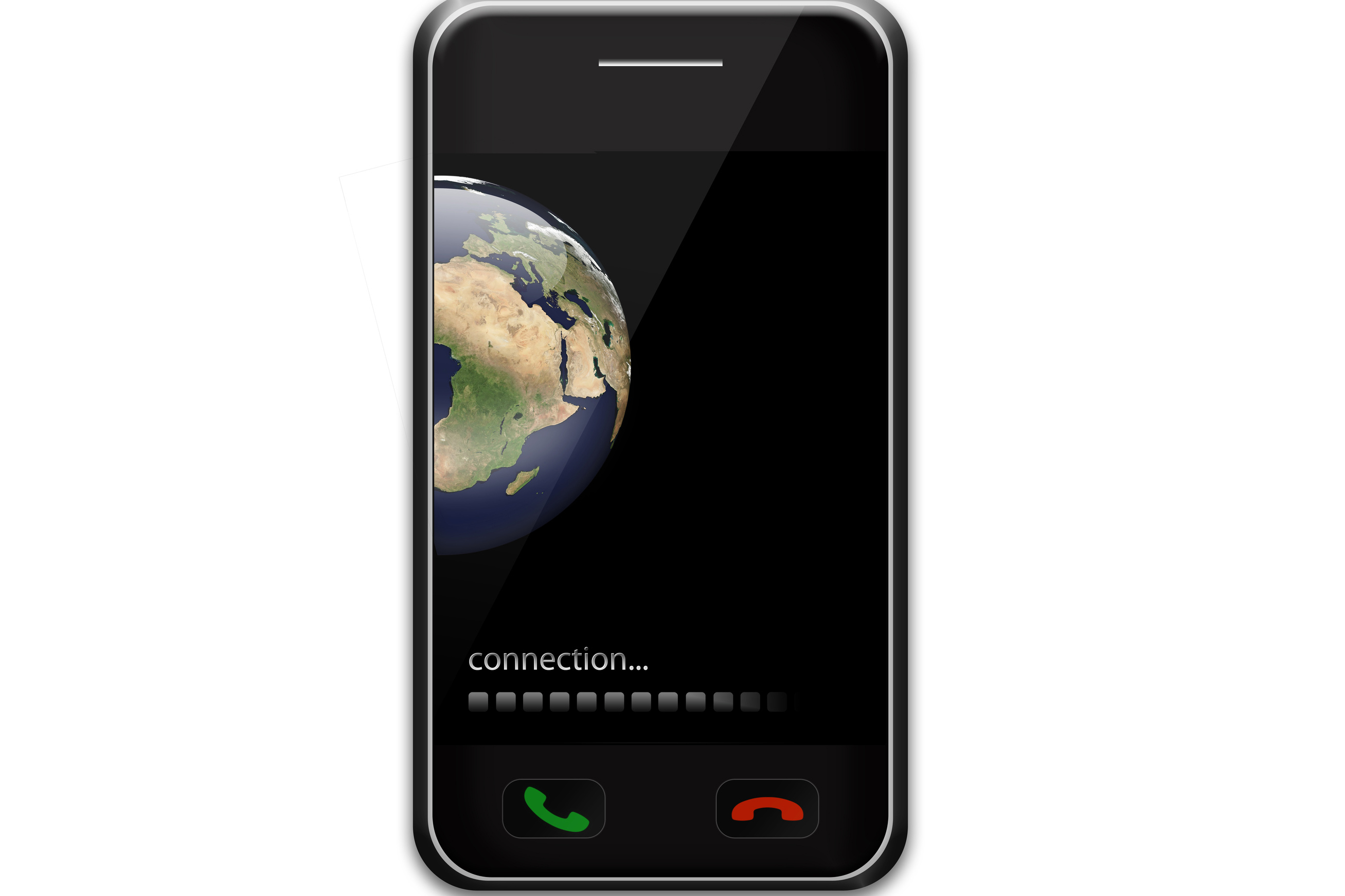
Worldwide mobile phone device sales rose 31.8 per cent in 2010, to reach 1.6 billion units, Gartner has reported.
The growth was even larger in the smartphone market, which went up 72.1 per cent from 2009, and accounted for almost one fifth of the total mobile communications device sales in the past year.
Nokia and LG saw their market share erode in 2010, however.
Carolina Milanesi, research vice president at Gartner, attributed their decline to "the increasing pressure to refine their smartphone strategies."
Nokia's, 7.5 per cent drop from 2009, Gartner said, was not merely attributable to Nokia's continuing deficiency in high-end devices but also to the growth of legitimate white-box sales.
Nokia's share of the smartphone market dropped 6.7 percentage points from 2009.
Gartner claimed Nokia's future rests on the announcements it will make on 11 February and how well the company can execute on those plans in the limited time they have.
Get the ITPro daily newsletter
Sign up today and you will receive a free copy of our Future Focus 2025 report - the leading guidance on AI, cybersecurity and other IT challenges as per 700+ senior executives
RIM's sales went up 38.2 per cent, to reach total of 47.5 million mobile phones sold. These sales were mainly on aggressively priced prepaid offerings.
Apple and RIM were the ones to benefit the most from strong smartphone sales, displacing Sony Ericsson and Motorola in the rankings covering device sales to end users. RIM is now fourth and Apple is in fifth.
But RIM's growth was much stronger at the beginning of the year and descended dramatically in the last two quarters. It remains to be seen if RIM will be able to keep up with competitors.
Apple sold 46.6 million units in 2010, representing 87.2 percent growth from 2009. This growth is largely due to expansion into new countries and the ending of exclusivity deals.
However, Gartner warned Apple is not targeting the mass market, which is a fundamental difference to the Android approach.
Scarcity continued to affect popular components, such as camera modules, and touch screen controllers in the fourth quarter of 2010, a situation that, Milanesi explained, will not change until at least the second quarter of 2011, because other fast-growing categories of connected consumer devices, such as media tablets, are competing for the same components.
In the smartphone operating system market, Android's 888 per cent growth was spectacular and helped the OS move to the number two position.
Symbian's market share went down in the fourth quarter of 2010 to 32.6 per cent, allowing Android to overtake Nokia's Symbian unit sales during that period.
Wider availability of the iPhone 4 helped Apple's iPhone OS platform to reach the fourth place in 2010.
-
 Bigger salaries, more burnout: Is the CISO role in crisis?
Bigger salaries, more burnout: Is the CISO role in crisis?In-depth CISOs are more stressed than ever before – but why is this and what can be done?
By Kate O'Flaherty Published
-
 Cheap cyber crime kits can be bought on the dark web for less than $25
Cheap cyber crime kits can be bought on the dark web for less than $25News Research from NordVPN shows phishing kits are now widely available on the dark web and via messaging apps like Telegram, and are often selling for less than $25.
By Emma Woollacott Published
-
 Nokia hails success of Europe’s first commercial 5G cloud RAN deployment
Nokia hails success of Europe’s first commercial 5G cloud RAN deploymentNews Elise says its 5G cloud network puts it in a strong position during a move towards 6G
By Emma Woollacott Published
-
 Kyndryl and Nokia extend partnership to drive data center networking gains
Kyndryl and Nokia extend partnership to drive data center networking gainsNews The companies plan to offer more data center networking options aimed at enterprise customers
By Emma Woollacott Published
-
 Power supply shortages are a ticking time bomb for data center operators
Power supply shortages are a ticking time bomb for data center operatorsNews Two-fifths (40%) of data centers will face constraints in power availability by 2027.
By George Fitzmaurice Published
-
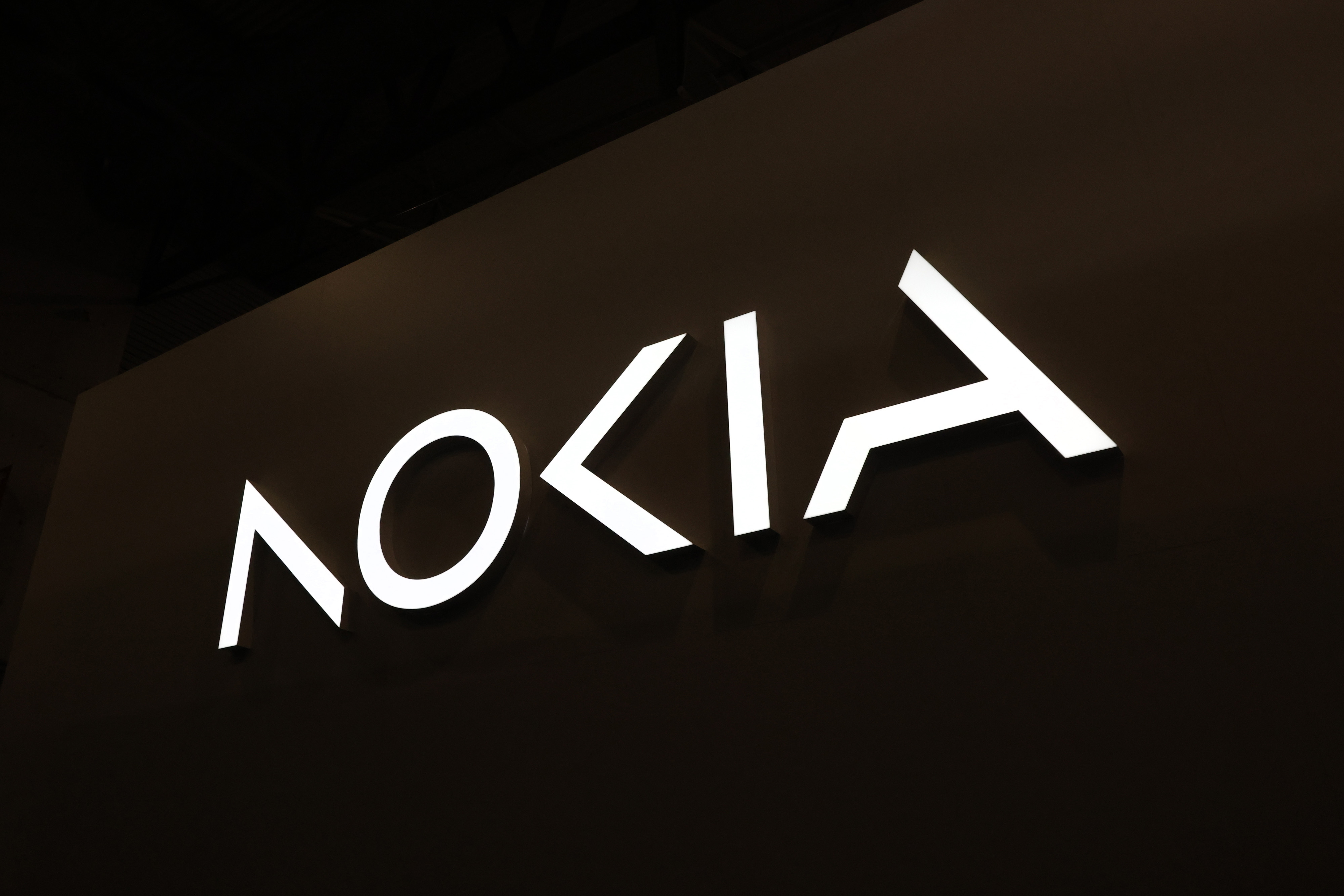 Dell and Nokia expand strategic partnership to drive network cloud transformation
Dell and Nokia expand strategic partnership to drive network cloud transformationNews The companies will leverage each other’s expertise and distribution to scale telecom networks and private 5G use cases
By Daniel Todd Published
-
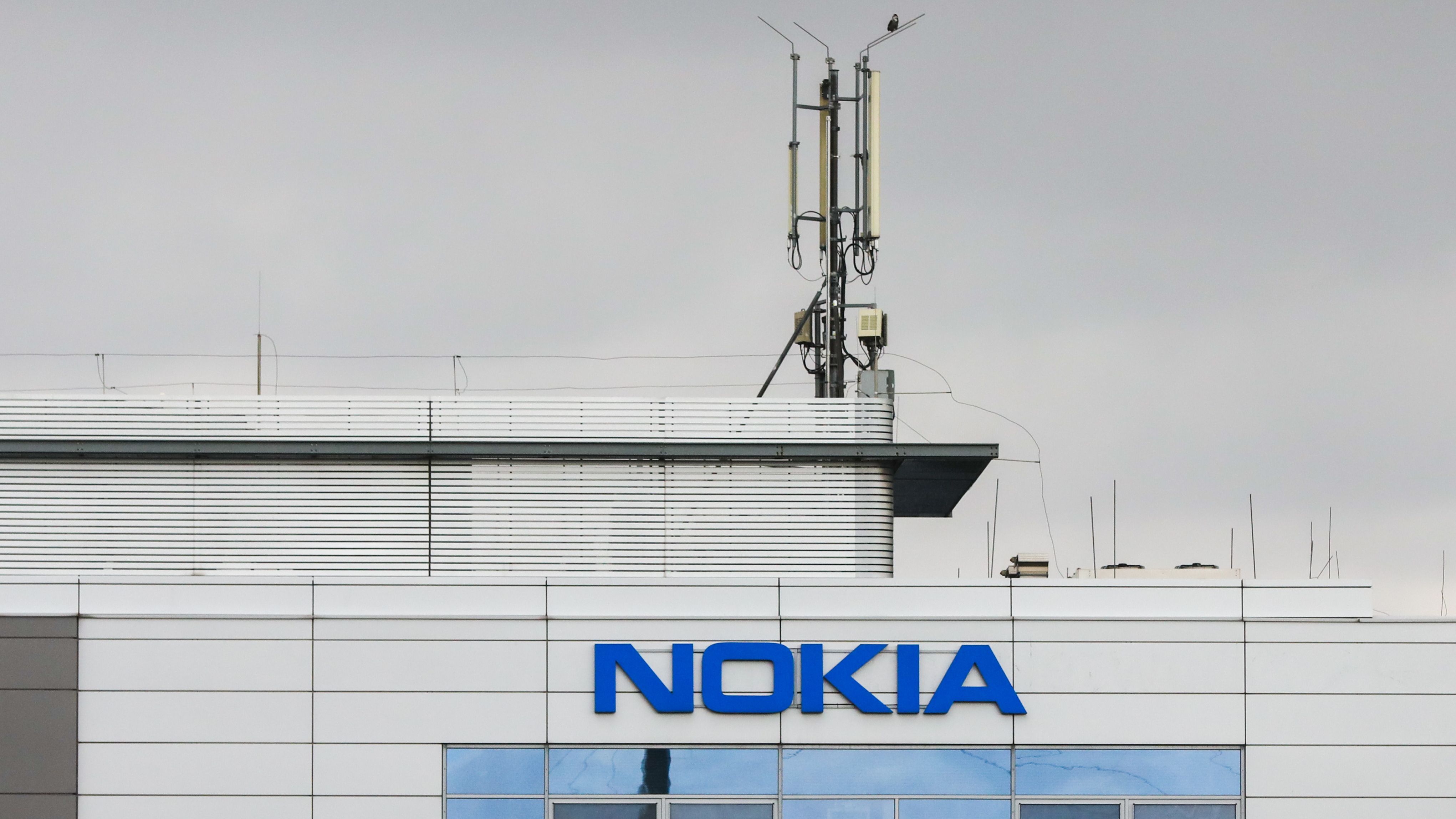 Nokia and Google score breakthrough in Android 13 network slicing
Nokia and Google score breakthrough in Android 13 network slicingNews Nokia's solution will allow devices to connect to multiple network slices simultaneously, provided by existing 4G and 5G operators
By Rory Bathgate Published
-
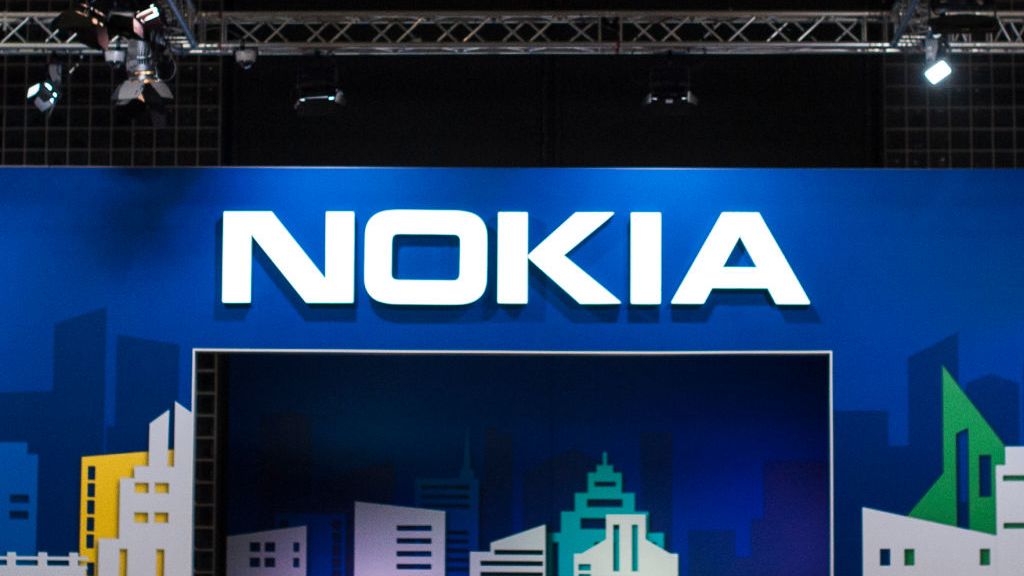 Nokia wins Indosat contract to expand 5G across Indonesia
Nokia wins Indosat contract to expand 5G across IndonesiaNews The deal will bring next-gen communication technology to customers across a 1.4 million square kilometre area
By Praharsha Anand Published
-
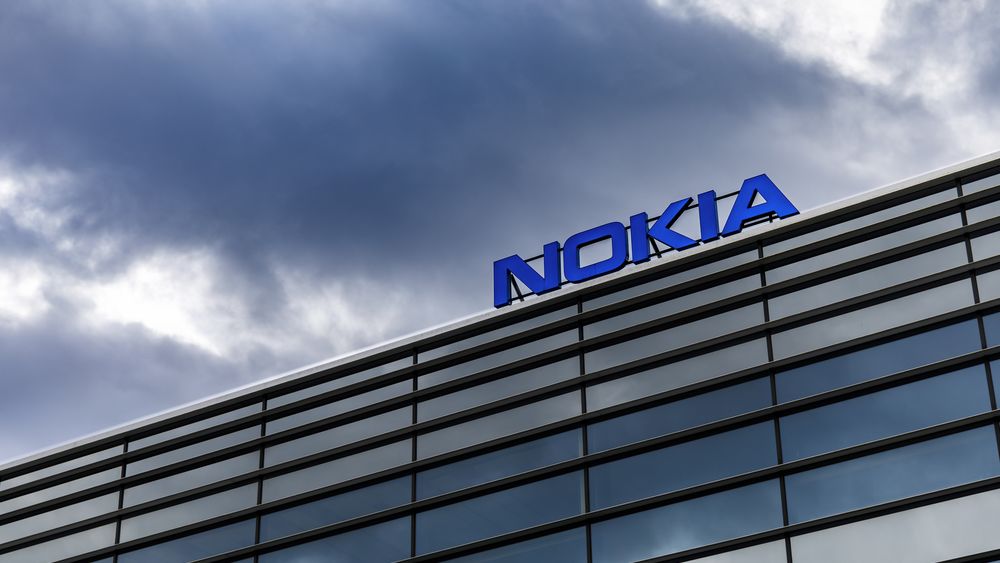 Nokia and Ligado partner on 4G, 5G enterprise private network
Nokia and Ligado partner on 4G, 5G enterprise private networkNews Nokia will leverage Ligado’s Band 24 spectrum to reach the US enterprise market
By Praharsha Anand Published
-
 The IT Pro Products of the Year 2021: The year’s best hardware and software
The IT Pro Products of the Year 2021: The year’s best hardware and softwareBest Our pick of the best products from the past 12 months
By IT Pro Published